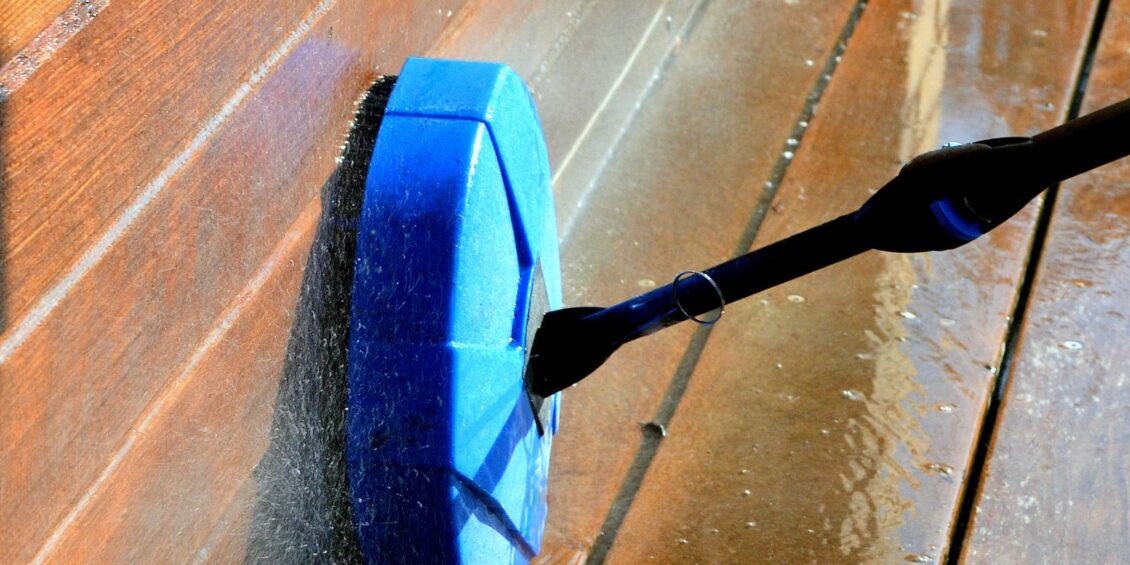When it comes to maintaining the aesthetic and structural integrity of brickwork and interior masonry, choosing the right brick cleaner is paramount. This guide delves into the essential considerations, practical strategies, and expert tips to help you select the best brick cleaning products used by professionals. From understanding various brick surfaces to addressing common problems such as efflorescence and algae, we cover everything you need to ensure your brick surfaces remain in pristine condition.
What to Consider When Choosing a Brick Cleaner for Brickwork and Masonry
Understanding the Different Types of Brick Surfaces
Brick surfaces vary widely, from porous and soft to hard and non-porous, each requiring a specific approach to cleaning. Porous bricks, for example, absorb liquids easily and may be more susceptible to damage if cleaned with harsh chemicals. Non-porous bricks, on the other hand, can withstand stronger cleaning solutions. It’s essential to identify the brick type in your masonry or brickwork to choose a cleaner that provides the most effective cleaning without causing harm.
Comparing Brick Acid Cleaner to Other Types of Brick Cleaners
Brick acid cleaner is highly effective at removing stubborn stains, such as cement and mortar residue, from brick surfaces. However, it’s important to compare it with other cleaning products designed for bricks. While acid cleaners are powerful, they’re not suitable for all types of brick or for acid-sensitive surfaces. Other cleaners, including those that are more gentle, may be better suited for certain applications. Always consider the specific needs of your brickwork and masonry.
The Importance of Dilution Rate and Application Methods
The dilution rate and application method of a brick cleaner are crucial for achieving optimal results while ensuring the safety of your brick surfaces. A higher dilution rate might be necessary for softer, more porous bricks to prevent damage, whereas tougher stains on hard surfaces may require a more concentrated solution. Following full instructions for dilution and application tailored to the cleaning product is essential for both safety and efficacy.
How to Remove Stubborn Stains and Deposits from Bricks
Effective Strategies for Removing Cement, Mortar, and Grime
To remove cement, mortar, and grime effectively, a powerful brick cleaner that specifically targets these deposits is necessary. Acid cleaners, for instance, are designed to break down and dissolve cement and mortar residue, making them highly effective for such tasks. Yet, using these products with care, particularly on surfaces that may be acid-sensitive or alongside delivery services to UK mainland addresses, ensures no unintended damage occurs while achieving a clean finish.
Dealing with Limescale Deposits and Green Growth on Brick Surfaces
Limescale deposits and green growth, such as algae, pose unique challenges for brick surfaces. For limescale, an acid-based cleaner can be quite effective, provided the surface is non-reactive. Algae and green growth often require a cleaner designed to penetrate and remove organic matter without harming the underlying brick. It’s essential to choose a product that can safely and effectively handle these issues, promoting long-term cleanliness and protection.
Choosing a Fast Acting Brick Cleaning Solution for Immediate Results
Sometimes, immediate results are necessary, especially when dealing with highly visible stains or preparing surfaces for further treatment. In such cases, a fast-acting brick cleaning solution can offer the efficiency required. These concentrated brick cleaners are developed to act quickly, removing stains and deposits without lengthy application times. For optimal performance, ensure that the brick cleaner can be used safely on the intended surfaces.
The Role of Acid Resistant Stone in Brick and Interior Masonry Cleaning
Identifying When to Use Acid Resistant Cleaners
When cleaning acid resistant stone or bricks, identifying the proper cleaning agents is critical. Not all cleaners are appropriate for acid-sensitive surfaces, and using a generic brick cleaner can lead to damage. Acid-resistant cleaners are specially formulated to clean effectively while preserving the integrity of the surface, ensuring that your masonry remains undamaged and aesthetically pleasing.
Safe for Use: Ensuring Your Cleaner Won’t Damage Acid Sensitive Surfaces
The safety of your brickwork and masonry depends on the choice of cleaner. For acid-sensitive surfaces, opting for a product that clearly states its compatibility is essential. These cleaners provide a safe, effective way to address dirt and grime without risking harm to the material. Always look for a cleaner that offers additional information on its use on acid-sensitive surfaces, thereby protecting your investment in your property’s masonry.
Maintaining Natural Stone and Limestone with Gentle Cleaning Agents
Natural stone and limestone require a delicate approach to cleaning. Harsh chemicals can easily damage these materials, leading to a compromised aesthetic. Using gentle cleaning agents specifically designed for these materials helps maintain their natural beauty while effectively removing dirt, grime, and other deposits. For interior brick and natural stone, selecting a cleaner tailored to the surface’s specific needs ensures longevity and cleanliness.
DIY Tips for Using Brick Cleaner in a 5 Litre Quantity
How to Dilute Your Brick Cleaning Solution for Various Cleaning Needs
When using a brick cleaning solution in a 5 litre quantity, understanding how to properly dilute it for different cleaning tasks is crucial. The concentration needed can vary based on the surface type and the level of soil. For light cleaning, a more diluted solution might suffice, preserving the cleaner while still achieving desired outcomes. Always refer to the full instructions regarding dilution rates to ensure effectiveness and safety.
Cleaning Interior Brick: Techniques and Tips for Effective Results
Cleaning interior brick requires a nuanced approach to avoid damage and ensure the brick’s integrity. Techniques such as starting with a patch test, using the correct dilution, and applying the cleaner with appropriate tools can make a significant difference. Gentle, circular motions with a soft brush and plenty of clean water for rinsing off the cleaner help achieve the best results. Care and patience are key when cleaning interior bricks to maintain their unique look and feel.
Maximizing Efficiency: Understanding the Coverage of a 5 Litre Brick Cleaner
Understanding the coverage provided by a 5 litre brick cleaner ensures efficient use, preventing waste and ensuring that you have enough product to complete the job. Coverage can vary based on the concentration of the cleaner and the method of application. As a rule, highly diluted solutions cover more area but might be less effective on tough stains, while concentrated applications are better for targeted cleaning but cover less. Balancing these factors is vital for maximizing the efficiency of your brick cleaning efforts.
Addressing Common Problems: Efflorescence, Algae, and Salt Deposits
Removing Efflorescence Safely from Bricks without Damaging the Masonry
Efflorescence, a white, powdery residue that can appear on bricks, is both unsightly and potentially damaging if not addressed. Safely removing efflorescence involves using a remover specially formulated for this purpose. Such removers dissolve the salt deposits without harming the brick or the mortar, preserving the integrity of your masonry while restoring the aesthetic appeal of your brick surfaces.
Battling Algae and Green Growth on Bricks: What Works Best?
Algae and green growth can detract from the beauty of brick surfaces and potentially cause damage if left untreated. An effective cleaner for battling these problems is one that targets the organic composition of these growths. These solutions often contain components designed to break down and remove algae and green growth, restoring the natural appearance of the brick. Regular maintenance and prompt treatment are key to preventing regrowth and keeping your brickwork looking its best.
Dealing with Salt Deposits and Residue on Brick and Tile Surfaces
Salt deposits and residue can cause efflorescence and other issues on brick and tile surfaces. A specialized cleaner that effectively removes these salts can restore the appearance of your surfaces. Such products typically work by dissolving the salt deposits, allowing them to be easily rinsed away with clean water. It’s important to choose a cleaner suited for the specific type of surface being treated to avoid damage and ensure thorough removal of salt deposits.
In conclusion, selecting the best brick cleaning product for your needs involves understanding the nature of your brickwork or masonry, the specific problems you’re facing, and the correct application methods. With the right knowledge and products, you can ensure your brick surfaces remain clean, preserved, and beautiful for years to come.








Leave a Reply
View Comments